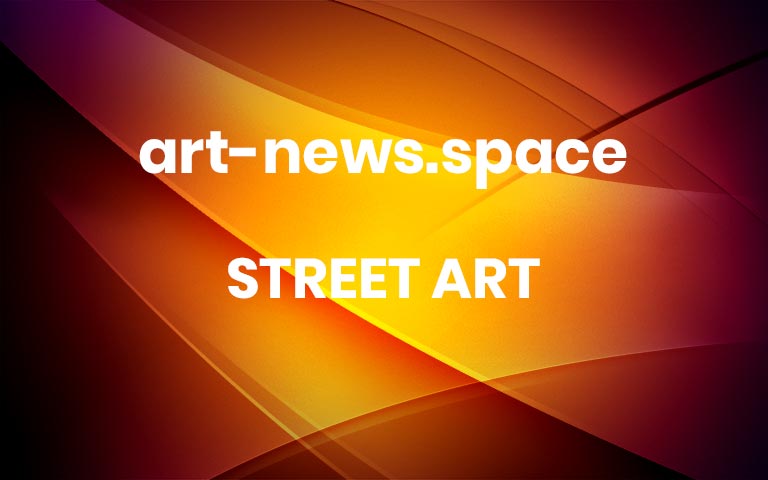“A picture may be worth a thousand words,” Bernie Krause is fond of saying, “but a soundscape is worth a thousand pictures.” The sound artist and bioacoustician has been tirelessly researching and recording the soundscapes of the natural world for the last 50 years. Trekking around the planet, he’s captured every wild sound imaginable, from charging elephants and clicking whales to chattering monkeys and trilling birds. Lots of birds.
Krause has coined a scientific term for these wildlife concerts: biophony. Krause’s recorded biophonies—more than 5,000 hours from 15,000 species in 2,000 habitats, terrestrial and marine—are now part of a new art and sound exhibition in San Francisco called “The Great Animal Orchestra.” It’s a stirring show to see in person, not only for its life-affirming aural environments and dazzling data-driven displays, but also for the emotionally charged—if inconvenient—truth that animal numbers are in steep decline in every ecosystem around the globe.
Bernie Krause. Courtesy of the Exploratorium.
Named after Krause’s book of 2012, the powerful show runs through October 15 at the Exploratorium on San Francisco’s Embarcadero. (The science and technology museum was the first of its kind when it was founded in 1969 by physicist Frank Oppenheimer, who studied museums in the U.S. and abroad on a Guggenheim fellowship before conceiving it.)
The brainchild of Hervé Chandès, artistic managing director of Fondation Cartier, “The Great Animal Orchestra” began its world tour in 2016, becoming part of the foundation’s collection. For its Paris debut, Cartier commissioned an original work by the New York-based Chinese artist Cai Guo-Qiang, as well as photographs by Hiroshi Sugimoto and Manabu Miyazaki. The exhibition has since traveled to Seoul, Shanghai, London, Berlin, Sydney, and New York.
“This moment is very touching for all of us, and especially me,” said Chandès at the San Francisco opening, via video from Paris. He explained that it was through reading Krause’s book that he was inspired to create the immersive exhibition and support it through Cartier. “Aesthetics are the gateway to knowledge and ‘The Great Animal Orchestra’ is a meeting point of art, science, beauty, knowledge—and, of course, a warning about the decline of the wild world, biodiversity, and the beauty of life itself.”
The San Francisco stop is the West Coast premiere and the nearest to Krause’s home in Sonoma, northern California. That’s where Chandès visited Krause and his wife Katherine in 2014, auditioning samples from the couple’s vast archive of animal sounds and first imagining the format for “The Great Animal Orchestra”—which, he mused, amounts to “the art of paying attention.”
View of the exhibition “The Great Animal Orchestra” by Bernie Krause and United Visual Artists. Courtesy of the Exploratorium.
The show’s centerpiece is a stunning immersive installation by United Visual Artists. The London-based collective worked closely with Krause to convert his field recordings into life-size visualizations, or spectrograms, in effect creating a three-dimensional environment that envelops the viewer. In a darkened room at the center of the exhibition, these spectrograms flicker on as an animal chorus becomes audible, lighting up the walls of the space with detailed visual representations of sound—the upper registers populated by birds and insects, while mammals and natural elements such as wind or water occupy the middle and lower registers, respectively. The spectrograms are reflected in a pool of water to complete the meditative sensation of communing with nature.
For Krause, the moment he equated assorted animal calls to an orchestral arrangement was profound, hence the title of the show. “The idea that these are proto-symphonies, proto-orchestrations has been revelatory to me,” he told Artnet News. “If you look at a score by [classical musician Pierre] Boulez, for instance, it doesn’t look a lot different from the streaming spectrograms in the exhibition, particularly where the habitat is healthy.”
However, as the exhibition illuminates over and over, the world’s habitats are not all healthy. The reason for that has to do with another term Krause has coined: anthrophony. Human encroachment has led to a dramatic loss of animals in the wild, and therefore a steep drop in their corresponding sounds on Krause’s recordings.
A display showing the biophonies in various parts of the world. Courtesy of the Exploratorium.
Naturally, that has been disturbing for Krause, who interprets the few remaining animal sounds on his recordings as a cry for help. “We’re doing our best to help them,” he explained. “One of the reasons I’m working with the art world is because if I write a scientific paper and it gets published in the Journal of the Acoustical Society of America, where I had one published last month, six people are going to read it. In the seven or eight venues that ‘The Great Animal Orchestra’ has been exhibited so far, a million and a half people have seen it.”
Krause has always been interested in sound; early on, it was in music that he heard his calling. In the 1960s, he performed with the Weavers, alongside folk singer and social activist Pete Seeger, and later formed a group called Beaver and Krause. The duo helped introduce the Moog synthesizer to pop music at the time, contributing the machine’s whirs and whizzes to songs by the Doors and the Monkees. Then even they came out with an album, In a Wild Sanctuary, that incorporated Krause’s earliest efforts at recording soundscapes.
But, Krause lamented, “When I was working in the music world, I was always in enclosed rooms without any windows. I never saw the outside, and that made me really depressed, and also quite sick.” So he pivoted to Hollywood, producing the soundtrack for major films like 1979’s Apocalypse Now. This, too, proved to be a letdown. He said he and others were hired and fired by the director, Francis Ford Coppola, multiple times, leading to low morale on the set.
Disenchanted with Hollywood, Krause went back to school, earned his Ph.D. in creative sound arts and entered the realm of soundscape ecology, with the aim of conserving species. “It’s a struggle to be good animals,” he said, “but life demands that of us.”
“The Great Animal Orchestra” by Bernie Krause and United Visual Artists. Courtesy of the Exploratorium.
At the crux of Krause’s work is a holistic approach to recording animal vocalizations. That is to say, in unison rather than isolation. “One of the things that Bernie does when he’s building an archive of sound,” said his wife, Katherine, on hand for the Exploratorium opening, “is to try to viscerally connect with the world that those creatures live in—a world we really will never be fully privy to.”
“We need a Rosetta Stone to make that leap,” interjected Krause. “And we’re looking for that. I think we’re probably very close.” Turning philosophical, he continued, “You know, I’m reminded of a discussion I had with [experimental musician] John Cage in 1989. We were talking about animal sounds, which he likened to found art, and he said, ‘Transformation is the key to life and its expression through art. That is the real mystery of the creative nature.’”
Follow Artnet News on Facebook: Want to stay ahead of the art world? Subscribe to our newsletter to get the breaking news, eye-opening interviews, and incisive critical takes that drive the conversation forward. More



